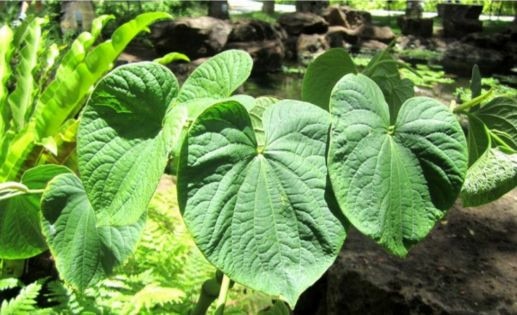KAVA
Kava Scientific Facts
Kava health benefits

How Kava works?
Consideration
Recomendation
Source
https://examine.com/supplements/kava/
https://www.ncbi.nlm.nih.gov/pmc/articles/PMC4630875/
https://www.ncbi.nlm.nih.gov/pmc/articles/PMC2675608/
https://www.ncbi.nlm.nih.gov/pubmed/11536390
https://www.ncbi.nlm.nih.gov/pubmed/19090505
https://www.ncbi.nlm.nih.gov/pmc/articles/PMC2796535/
https://www.ncbi.nlm.nih.gov/pubmed/3374423
http://www.greenmedinfo.com/article/kava-has-anti-inflammatory-properties-used-traditional-fijian-medicine-treat-urinary-tract
https://www.ncbi.nlm.nih.gov/pmc/articles/PMC5564656/
https://www.ncbi.nlm.nih.gov/pmc/articles/PMC4630875/
https://www.ncbi.nlm.nih.gov/pubmed/23348842
https://www.ncbi.nlm.nih.gov/pubmed/16818312
https://www.ncbi.nlm.nih.gov/pubmed/15181652
https://www.ncbi.nlm.nih.gov/pubmed/23635869
https://www.ncbi.nlm.nih.gov/pubmed/20842679
https://www.ncbi.nlm.nih.gov/pubmed/12383029
https://www.ncbi.nlm.nih.gov/pubmed/16011454
https://nccih.nih.gov/news/alerts/kava
